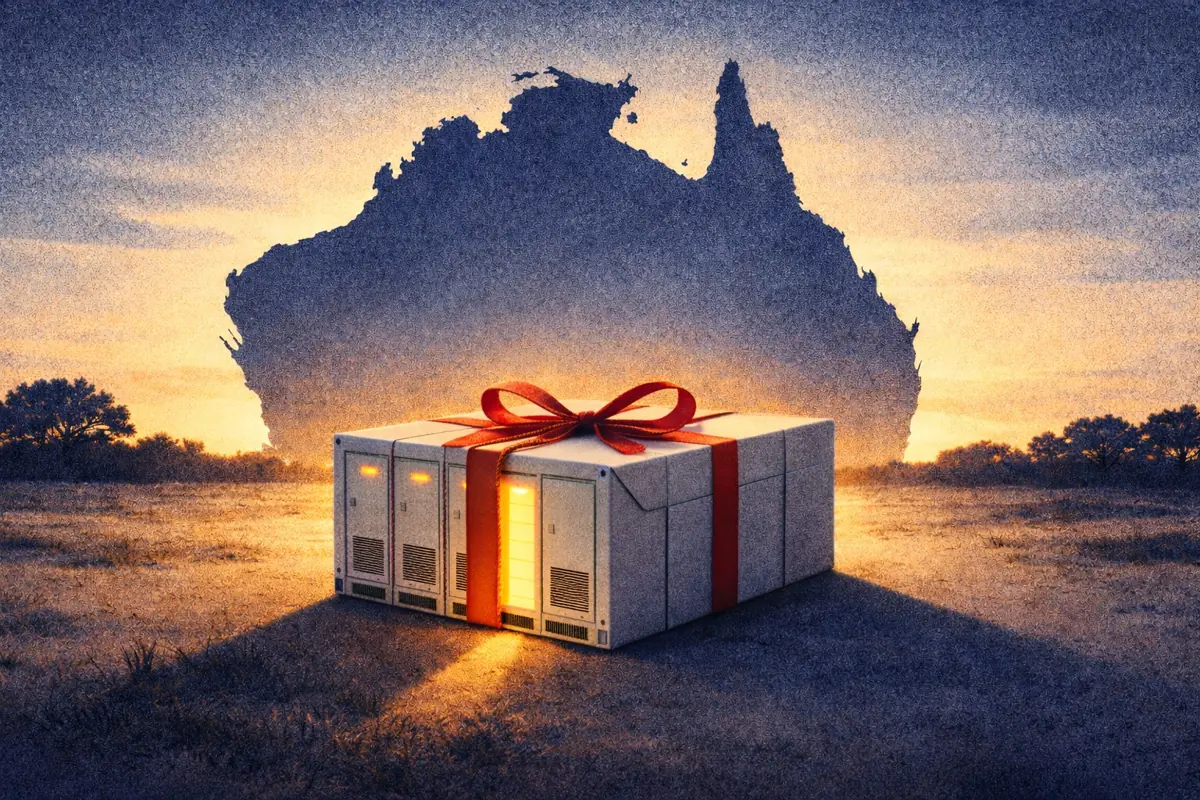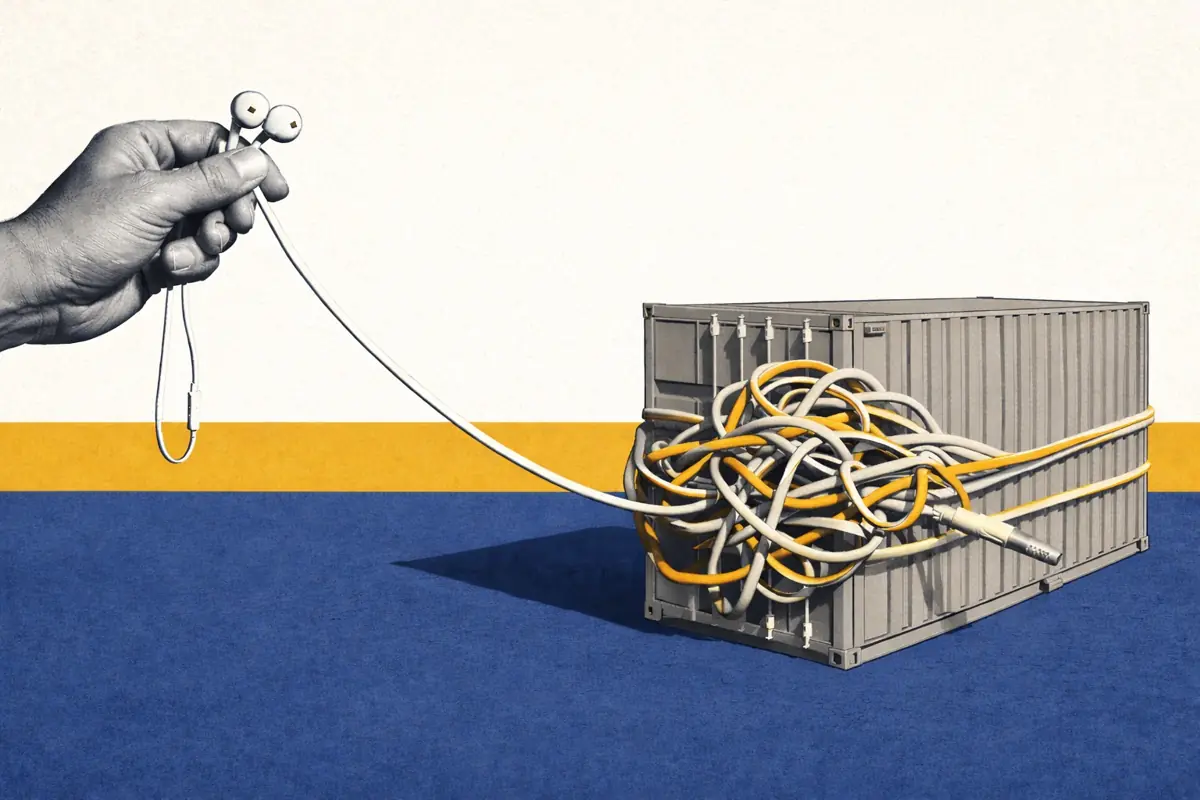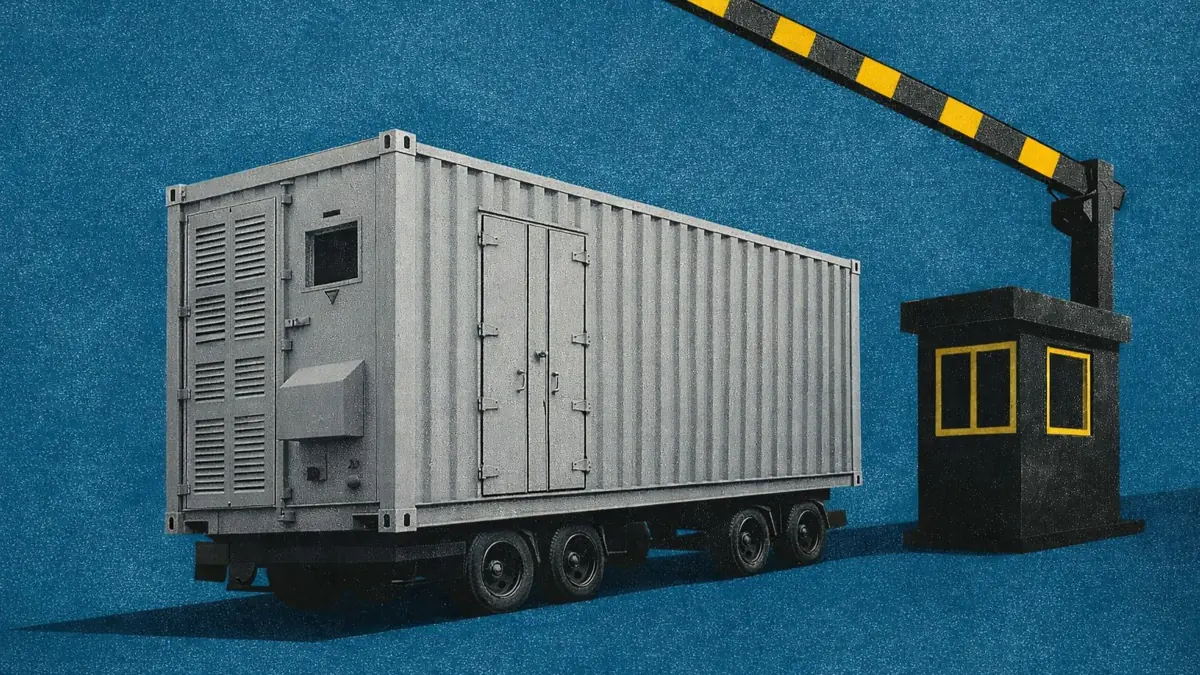Dynamic Containment: who’s setting the clearing price?
In recent months, we’ve seen increased volatility in Dynamic Containment (DC) prices. For so long, DC provided a reliable, lucrative £17/MW/h to all participants. In the past couple of months alone, we’ve seen clearing prices reach highs of £104/MW/h, and lows of just £0.50/MW/h. (See figure 1, below.) So what on earth is going on?

In short, much of this volatility is a product of auction design. National Grid ESO is constantly trying to make its services as efficient as possible, and it can do so by tweaking its auctions. In November, we saw the ESO decrease its volume requirements. Then, in March, the ESO removed Merit Order Constraints. More recently, changes to the demand curve made total spend much more variable - and hugely dependent on how much volume is procured.
Spoiler alert
All of these changes have increased the complexity of bidding into Dynamic Containment auctions. This has resulted in different optimisers using different bidding strategies to get accepted in DC (and, of course, to make as much money as possible in doing so).
Because the DC auction is pay-as-clear - meaning that everybody who gets accepted is awarded the clearing price - this means that certain market participants have been responsible for pushing prices up more frequently than others, which subsequently benefits everybody else in the market. In short, some participants are much more influential than others when it comes to determining DC revenues.
In this article, we explore bidding behaviours in the low-frequency DC service. Specifically, we look at:
- What ‘hockey stick’ bids are, and how they’re used in Dynamic Containment auctions.
- Exactly who is setting revenues for the rest of the market.
- And the respective risk appetites of market participants.
Dynamic Containment bidding strategy trends
With the ESO’s new elastic demand curve, exploiting the auction - to minimise rejection and maximise revenues - is much more complex. The Dynamic Containment demand curve changes daily, making it harder to predict where the market will clear.
‘Hockey stick’ bids
One common strategy used by participants is ‘hockey stick’ bidding. This happens when a market participant bids in a large proportion of its capacity at a low price - making it more likely to be accepted - and then a much smaller proportion of its capacity at a higher price (to push the clearing price up). This is done by entering different types of bids (referred to by their ‘block code’), creating what are known as ‘parent and child’ blocks. Here’s what they look like:
- Parent block (C01* bid): Typically, a participant bids in the majority of its asset’s capacity at a low price. This helps increase the probability of the bid being accepted.
- Child block (C02 bid): When a C02 bid is linked to the smaller CO1 bid, the child block must be accepted where the parent block is accepted. Therefore, this C02 child block can be used to increase the clearing price. However, as linked C02 have to be accepted alongside C01 bids, this strategy runs the risk of neither bid being accepted.
* C01 bids can also stand-alone, and do not have to be attached to C02 bids.
Figure 2 (below) shows an example of a ‘hockey stick’ bid. As you can see, the large-volume/low-price C01 (parent block) bid forms the handle of the hockey stick, while the small-volume/high-price C02 (child block) bid forms the blade.

What do these actually look like in practice?
Figure 3 (below) shows how this strategy works in action. Here we have the low-frequency Dynamic Containment (DCL) auction for the 13th of March 2022, EFA block 5. We’ve highlighted EDF’s C01 and C02 bids. The first is a bid of 45 MW, at £0.25/MW/h. The second is a bid of 1 MW, at £95/MW/h.

- In this auction, the ESO procured 876 MW.
- The first 813 MW were priced below £6/MW/h.
- As outlined in figure 2 (above), EDF went with a ‘hockey stick’ bidding strategy.
- This meant that the auction cleared at £95/MW/h. Therefore, every participant received this amount, including those who bid in at those much lower prices.
EDF was not the only market participant attempting this strategy. Figure 4 (below) shows the same auction period, this time split into C01 and C02 bids.

Similarly, if we look at all accepted bids since the demand curve changes took effect, we can see how market participants price themselves into Dynamic Containment auctions. Figure 5 (below) shows this.

- Here we can see how the blue C01 (parent block) bids are concentrated towards the bottom of the y-axis (almost always under £15/MW/h).
- Meanwhile, pink C02 (child block) bids are scattered further up the y-axis, where they can push the clearing price up.
- It’s also worth noting the position of these C02 bids on the x-axis - the majority are small-volume bids, of 5 MW or less with a large concentration at 1 MW, the minimum volume that can be entered.
Who’s setting Dynamic Containment clearing prices?
Attempting to set high clearing prices does run the risk of not being accepted in an auction at all. The safe option is simply to bid in at a low price. This increases the chance of being accepted, but does mean that you’re subject to whatever clearing price is set by other participants. If every participant was to play it safe in this way, the revenue opportunity in DC would be very small. Since we know that DC revenues are often very lucrative, some participants out there must be taking the risk.
Creating ‘surplus’ revenue
So, which market participants are pushing up clearing prices? One way to figure this out is by determining the ‘surplus’ revenues that participants create for other assets. ‘Surplus’ here is defined as the additional value above the price at which other participants bid into an auction. To calculate the surplus revenues that a participant creates for other assets, we use their highest accepted bid price in each given auction.
Who are the Dynamic Containment price-setters?
Now we’ve seen how surplus revenues work, let’s have a look at which participants are providing them for others. Figure 6 (below) shows market participants ranked by the surplus revenue they have created for the rest of the market. By ranking participants in this way, we produce a clear image of which market participants are most likely to set clearing prices in Dynamic Containment. These are the DC price-setters.

- Nearly two-thirds (65.6%) of surplus revenues came from C02 (child block) bids - i.e. those low-volume/high-price bids at the blade of the hockey stick.
- To further prove the prevalence of hockey stick bidding: of the top 100 largest instances of surplus revenues being created, only six of them came from bids of more than 1 MW.
- It’s worth touching on Anesco’s position on the far left of this graph. Anesco operates a 1 MW asset. Because the minimum bid size in DC is 1 MW, Anesco is unable to create a child block from any bid orders. Therefore, it is not in Anesco’s interest, generally, to make excessively low-priced bids in DC. It may as well take the risk of bidding its entire 1 MW capacity at high prices. This is a large part of the reason that it sets the clearing price - and subsequently provides surplus revenues for others - so frequently.
Who’s benefiting most from the price-setters?
Figure 7 (below) shows imagined earnings from highest bid prices as a percentage of asset revenues, by participant. Imagine DC auctions were retrospectively changed to be pay-as-bid auctions (i.e. auctions in which successful participants are simply awarded the price they bid). The blue portion of the bar represents the revenues an asset would be left with (were we to imagine that each asset were paid its highest bid price - often its C02 bid - for its entire tendered capacity; this isn't strictly how pay-as-bid auctions work, but it makes for a reasonable point of comparison here). The green portion of the bar represents the revenues earned above an asset’s highest bid price - the ‘uplift’.

- What’s most striking about this graph is the amount of uplift (green) we can see. Despite some market participants being more willing to take a risk than others, everybody relies on others to set the clearing price for large portions of their revenues.
- That said, there’s still a huge disparity in bidding strategies here. Some assets rely on others setting the clearing price for >95% of their revenues. At the other end of the spectrum, some assets get less than half of their revenues from uplift, thanks to their riskier (and often successful) bidding strategies.
Risk appetite
Ultimately, though, in a pay-as-clear action, all successful participants are paid the same amount (£/MW/h). Therefore, in Dynamic Containment auctions, those market participants who are able to provide ‘surplus’ revenues for others (or ‘uplift’ in the clearing prices) are hugely important. However, these price-setters run the risk of not being accepted at all. Figure 8 (below) shows the acceptance rate of market participants. (Market participants are ordered from left to right by the surplus revenue they’ve provided other participants, as shown earlier in Figure 6.)

- This graph shows what percentage of volume bid into DCL auctions by market participants was actually accepted.
- In general, we might expect this graph to correlate with the surplus revenues seen in figure 7, with the acceptance rate increasing from left to right. This is not the case.
- Centrica and Limejump have a very high acceptance rate, but create very little surplus revenue for other participants. They adopt a low-risk strategy and are price-takers.
- Anesco, SMS and Sembcorp have more rejections than most other participants, but create significant surplus value for others. This is due to their higher-risk bid strategy as price-setters.
- Habitat, Tesla and Zenobe maintain reasonably high acceptance rates (75-85%), whilst also creating a significant surplus value in the DC market.
Conclusion
Since the Dynamic Containment auction changes took place on the 1st of April 2022, we’ve seen a number of bidding strategy trends. Many participants are using a ‘hockey-stick’ approach to their bidding. This means linking large volumes of low-priced bids with small volumes of high-priced bids to maximise chances of acceptance.
The changes have led to some participants creating more value in the market than others. These price-setters are consistently pushing up clearing prices, which subsequently benefits everybody else. However, with this strategy comes risk. Often, these participants have seen more of their bids rejected, compared to those who are price-takers.
What’s clear is that there are a number of approaches to bidding in Dynamic Containment auctions. It remains to be seen whether we will continue to see this much volatility in clearing prices as we move into the summer months (when the ESO’s requirement is set to increase). We’ll be sure to keep you up to date with the trends behind these clearing prices across the entire frequency response suite - as these markets develop, and as we gather more data.







